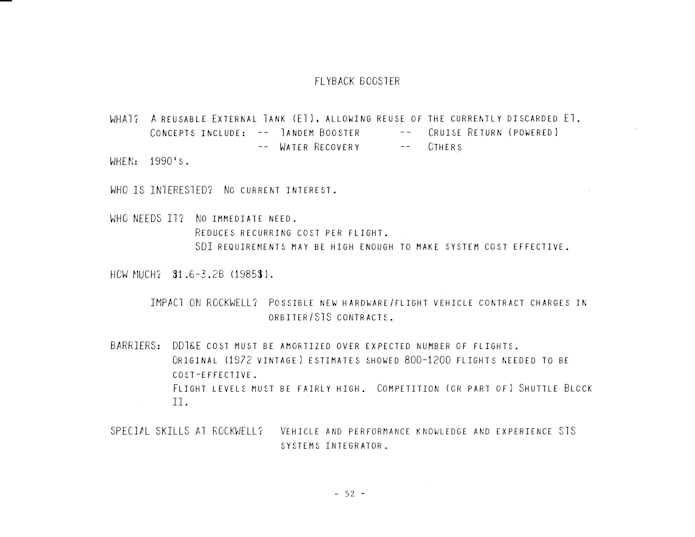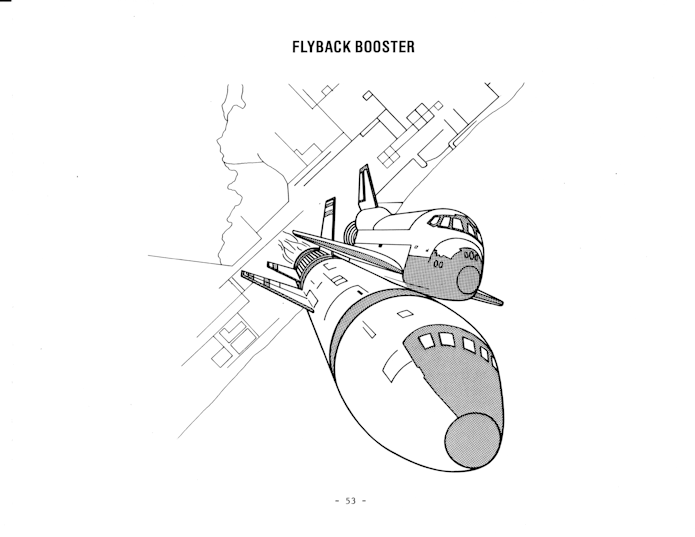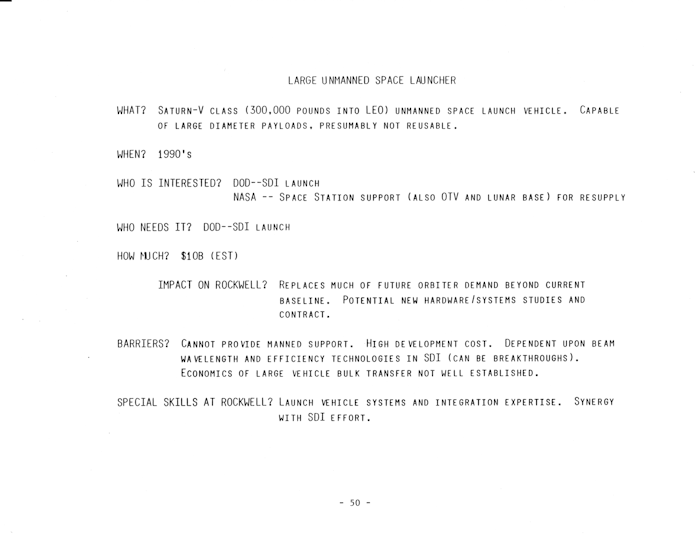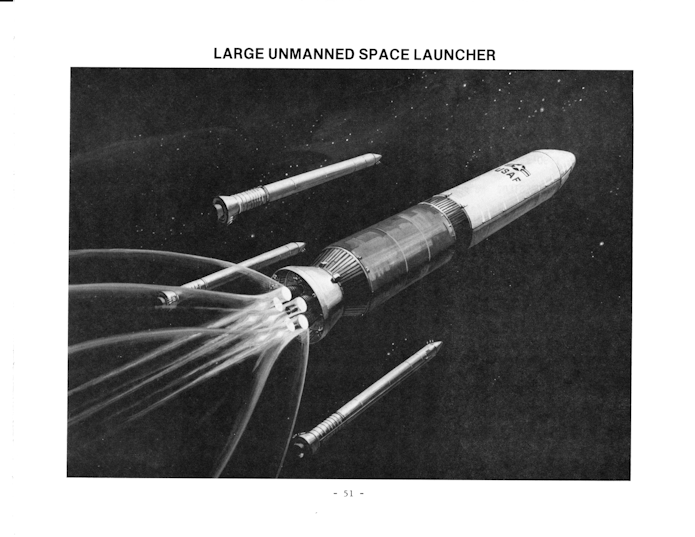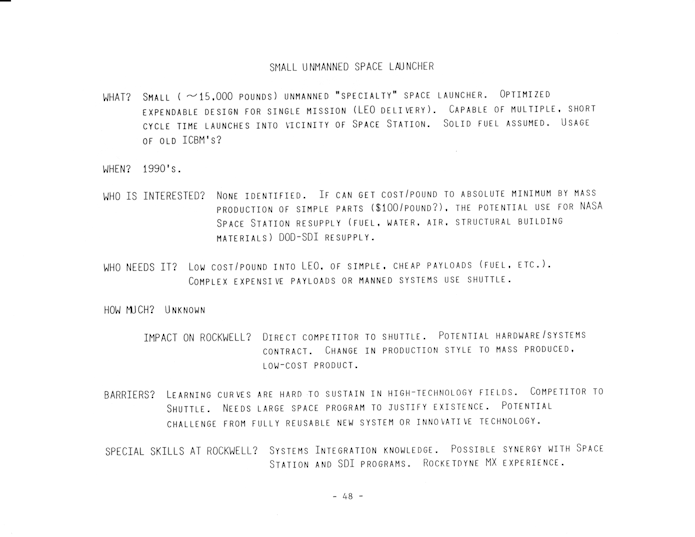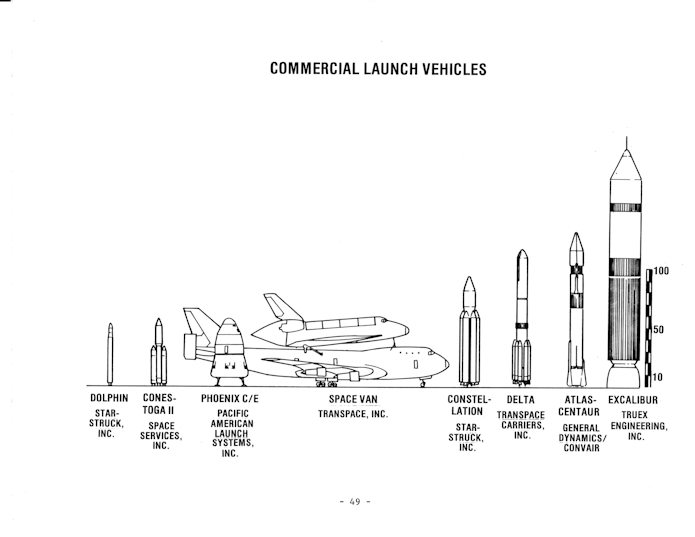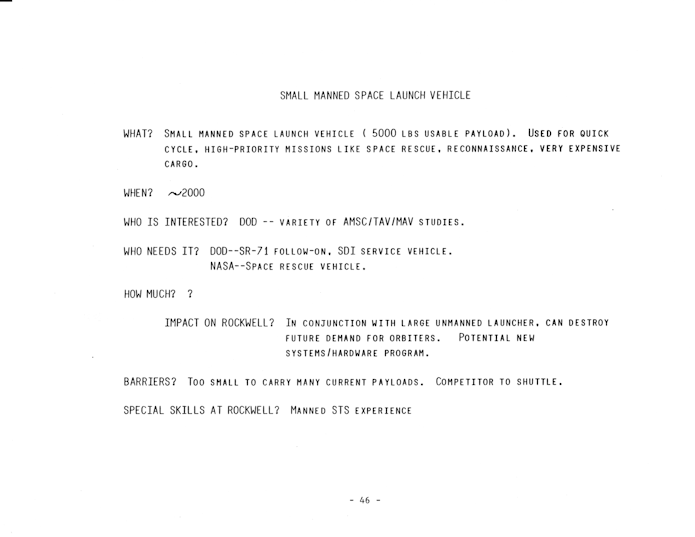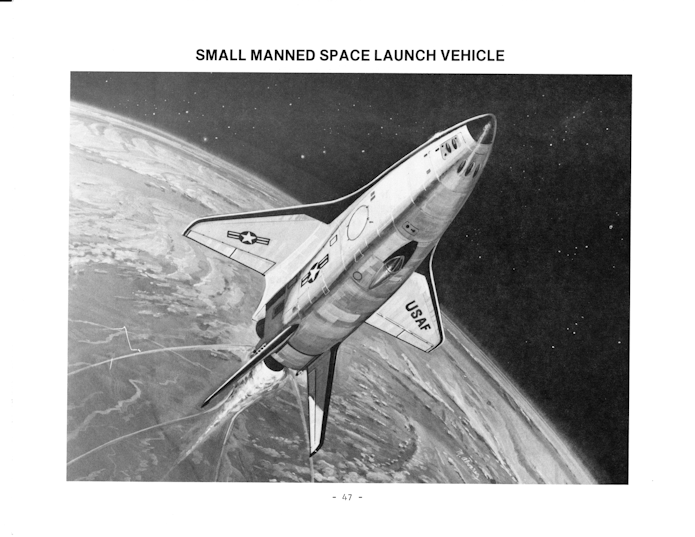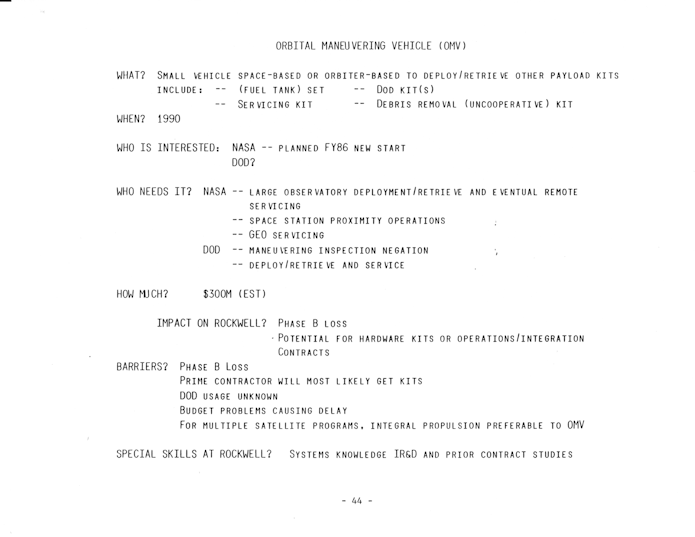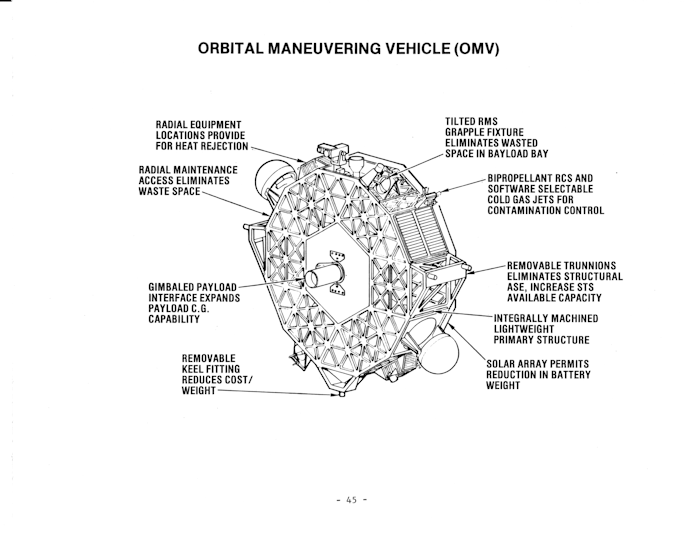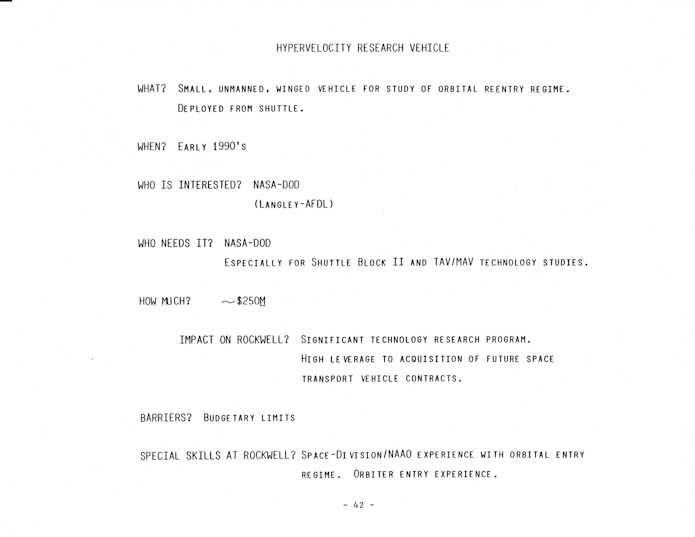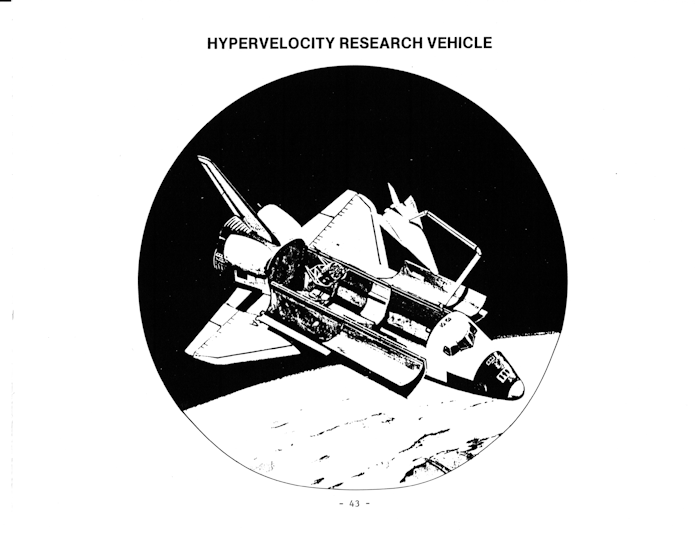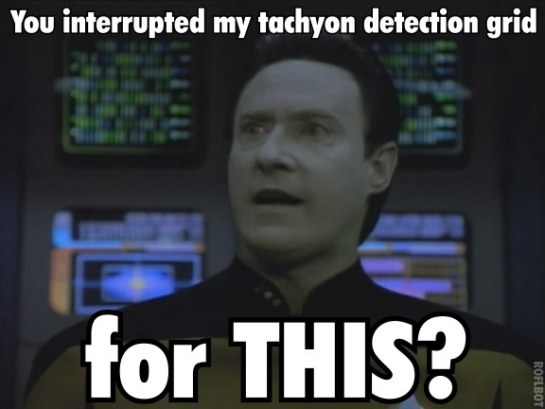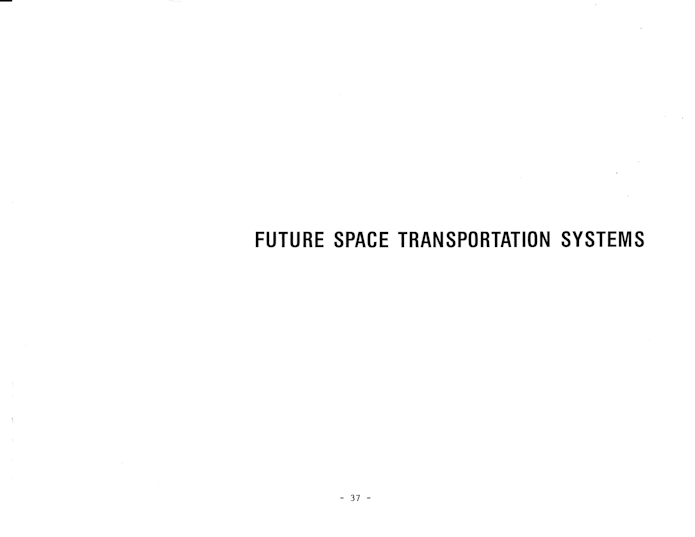As time goes by, I find more and more unhappy customers… not because I’m turning out a crappy product or not filling orders, but because the emails i send out are directed into spam buckets. I *assume* that this is because the emails have one or more, sometimes many, HTML links in them, and the spam filters read them as, well, spam. But an email exchange usually fixes that right up.
One problem that I can’t seem to fix, however, is orders from the “free.fr” email system. Multiple machines, multiple email systems, all messages sent to “free.fr” addresses bounce back as undeliverable because the system has, through presumably the same process as he spam filters, decided that these messages are spam, and has successfully blocked me out. So if you have a free.fr email address and don;t get a reply from me, *ever,* contact me via a *different* email.
